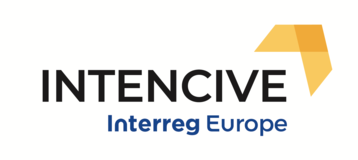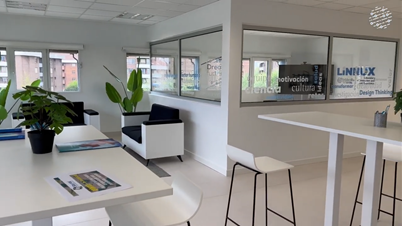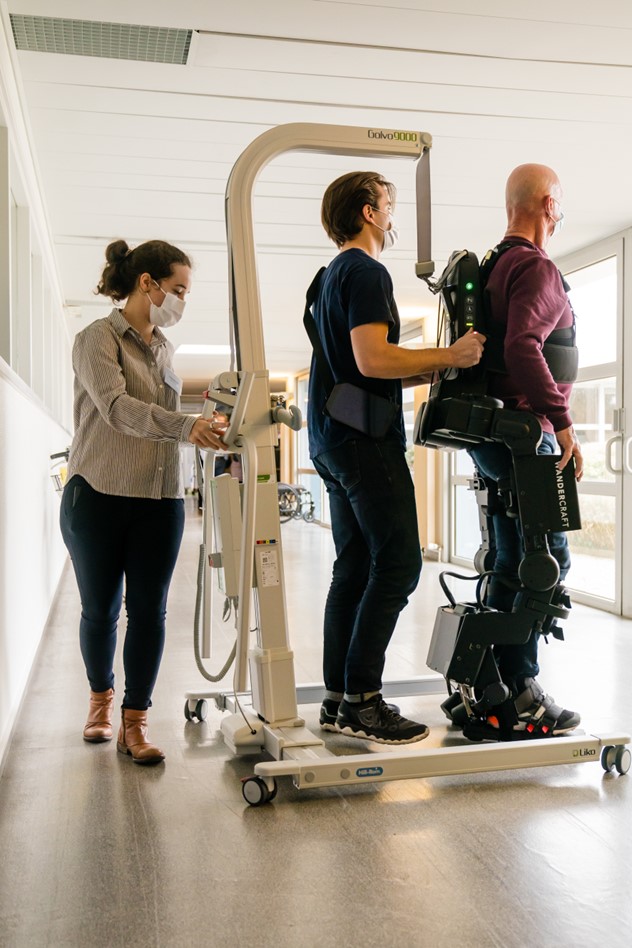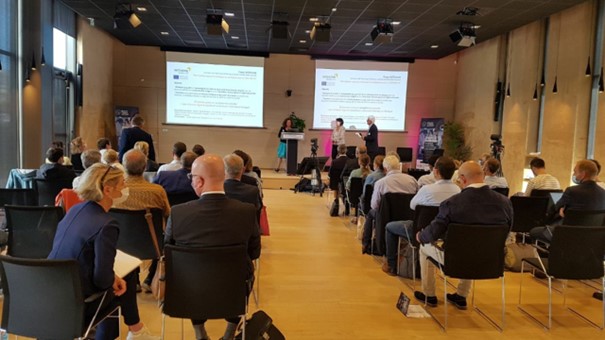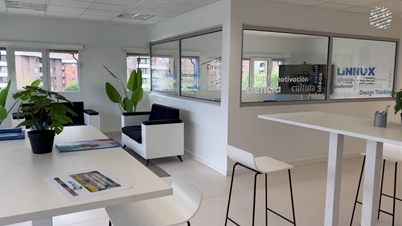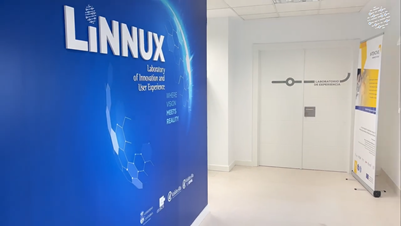To implement the BIKVA model in our system to assess the good practices selected by our region, we have proposed an evaluation process slightly different for each of the Good Practices (GPs) depending on the researchers and healthcare professional’s availability.
The 8 GP´s selected were the following:
• APP Salud Cantabria (Citation system of Cantabria)
• Cancer in RED
• Messaging system - Internal communication system (hospital)
• Proyecto Historia Clínica Embarcada de Urgencias y Emergencias 061 (HICEUS)
• Remote Pre-Operative Assessment in Anesthesia
• Remote monitoring for post-surgical patients (Home Health Care)
• Program of screening, prevention and elimination of hepatitis C in Penitentiary Institutions in Cantabria. JAILFREE-C Project.
• A novel Hepatitis C micrOelimination program in Non imprison Ed SenTenced with alternative measures. The HONEST project.
A reference person for each of the GPs has identified. Once selected the Reference Person has had a crucial role for identifying, and selecting “clients” that would participate in the evaluation process as a participant.
As a result of First Step of BIKVA detailed information about the initiatives and participant’s feedback regarding their experience was obtained. That resulted on a list of strengths and difficulties for each of the Good Practices. Some of the issues reported by the participants apply across the different Good Practices. The most common difficulties identified were:
• Need to purchase or develop technology (Hardware / Software)
• Integration of clinical protocols
• Lack of resources for training, implementation and dissemination
• Data management
• Access to funding
• Difficulties due to Covid-19
• Privacy, confidentiality
• Face-to-face model change management (consultations)
In the second step of BIKVA. the stakeholders vision and their prioritization of the Good Practices was needed to prioritized the GPs. The Director of New Communication and Information Technologies for Healthcare Professionals - Dirección General de Transformación Digital y Relaciones con los Usuarios (DGTDRU), was the main stakeholder during this phase.
Additionally, other stakeholders were involved as the Regional Managing Director of the Innovation, Technogical Development and Industrial Entrepreneurship Public Department, the Scientific Director of IDIVAL, and both the Regional Director and Assistant Director of the Pharmacy and Inspection Department. At the end of the evaluation process, we were able to reach about 40 healthcare professionals and patients.
Thanks to this methodology professionals and patients involved in the INTENCIVE workplan had the opportunity to share their thoughts in guided opened conversations. The group interviews and work sessions allowed the exchange of ideas that might boost the projects, according to participants. The analysis of GPs with our stakeholders and their prioritization has provided a good start point to improve our Action Plans in the following phases of the project and consider that our ecosystem should continue working in this line to avoid possible bottlenecks in the implementation of new digital solutions in e-health.
